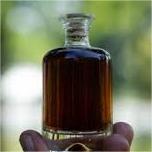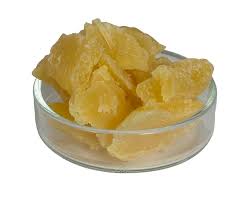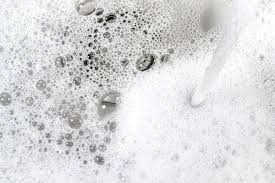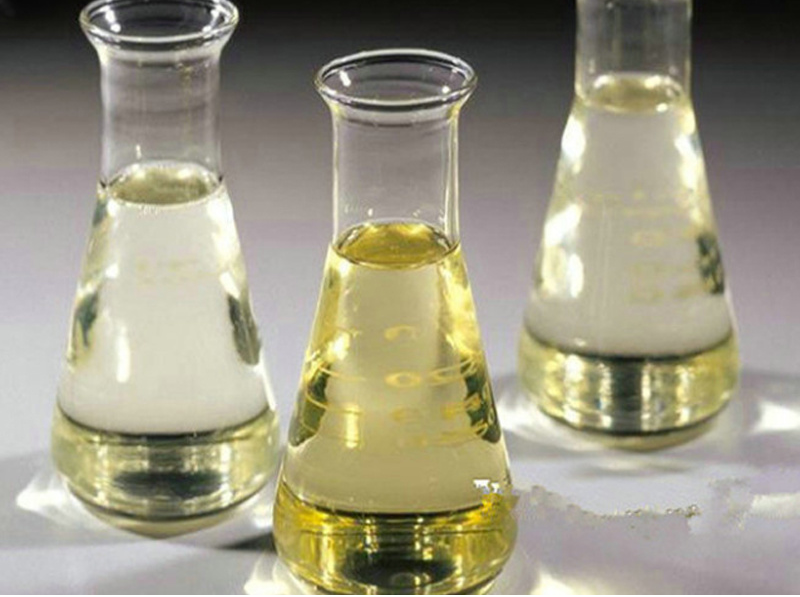**Nature’s Sudsy Secret: Saponins as Super Surfactants**
(Which Saponine Chemicals Have Higthly Surfactant Activity Pdf)
Ever wonder how some plants make such amazing, long-lasting foam? Or why certain traditional cleansers work so well? The answer often lies in **saponin chemicals**. These natural wonders pack a serious punch when it comes to **surfactant activity**. Forget boring PDF titles! Let’s dive into the bubbly world of nature’s own powerful foam makers.
**1. What Makes Saponins Special? (What)**
Saponins are a huge group of natural chemicals. You find them widely in plants. Think soapberries, quinoa, yucca root, and ginseng. Their name gives a big clue. “Sapo” is Latin for soap. Saponins earned this name for a clear reason. They create stable, rich foam when shaken in water. Just like soap does.
But what makes them tick? Saponins have a unique structure. Imagine a molecule with two distinct parts. One part loves water. We call this hydrophilic. The other part hates water. It loves fats and oils instead. This part is hydrophobic. This split personality is key. It’s the defining feature of all surfactants. Saponins are natural surfactants. This structure lets them bridge water and oil. They reduce surface tension. This makes water “wetter”. It helps mix oil and water. It creates foam. It traps dirt. This structure drives their **surfactant activity**.
**2. Why Saponins Beat Synthetic Surfactants (Why)**
We use synthetic surfactants everywhere. They are in detergents, shampoos, and industrial cleaners. So why look at saponins? Several reasons make them stand out.
First, they come from nature. This matters more and more. People want eco-friendly options. Saponins are biodegradable. Many break down easily in the environment. Synthetic surfactants often linger. They cause pollution problems.
Second, they are generally gentler. Synthetic surfactants can be harsh. They strip skin and hair of natural oils. They irritate sensitive skin. Saponins offer effective cleaning. They often do this with less irritation. This is great for natural cosmetics. Think gentle shampoos or facial cleansers.
Third, they sometimes have extra benefits. Many saponins possess biological activities. They might fight microbes. They could act as antioxidants. Some even boost the immune system. Synthetic surfactants rarely offer these bonuses. Their **surfactant activity** comes with useful extras.
**3. How Saponins Create Their Magic Foam (How)**
So how do these molecules actually work? How do they make such persistent foam? It all comes back to their structure. Remember the water-loving head and oil-loving tail.
When you add saponins to water, magic happens. The hydrophobic tails want to escape the water. They stick together. They point inward. The hydrophilic heads face outward. They interact with the water. This forms tiny spheres called micelles. Oil and dirt get trapped inside these micelles. The micelles lift the grime away. They suspend it in the water. This is cleaning.
Now, think about foam. When you shake or agitate the solution, air gets trapped. The saponin molecules quickly arrange themselves. They form a film around the air bubbles. The hydrophilic heads point into the water. The hydrophobic tails point into the air pocket. This creates a stable barrier. It stops the bubbles from bursting quickly. This results in the rich, long-lasting foam saponins are famous for. The strength of this film determines the **surfactant activity**. Some saponins form incredibly tough films. Quillaja saponins are a prime example. Their foam is legendary.
**4. Where We Use Saponin Surfactants Today (Applications)**
Saponins aren’t just lab curiosities. Their powerful **surfactant activity** finds real-world uses. Here’s where they shine:
* **Natural Cleaning Products:** This is a big one. Look for saponins in eco-friendly dish soaps, laundry detergents, all-purpose cleaners, and car shampoos. Soapnuts (Sapindus species) are a traditional favorite. Yucca extract is another common ingredient. They cut grease effectively. They leave surfaces clean without harsh chemicals.
* **Personal Care & Cosmetics:** Gentle foaming is key here. Saponins feature in natural shampoos, body washes, facial cleansers, and even toothpaste. They cleanse without stripping. They are kind to skin and hair. Shikakai and Reetha (soapberries) are staples in Ayurvedic hair care.
* **Food & Beverages:** Surprised? Quillaja saponin extract is a common food additive (E999). It acts as a natural emulsifier and foaming agent. You find it in root beer, whipped toppings, and some desserts. It creates stable foam. It helps blend ingredients.
* **Agriculture:** Saponins have uses here too. They can act as natural pesticides. They disrupt insect cell membranes. Some formulations act as wetting agents. They help sprays stick to plant leaves better. This improves pesticide or fertilizer effectiveness.
* **Industrial & Specialized Uses:** Their foam stability is valuable. Saponin extracts help in firefighting foams. They are used in ore flotation. They help separate minerals. Historically, indigenous people used saponin-rich plants to stun fish. The foam affects the fish’s gills. This makes them easier to catch.
* **Research & Pharmaceuticals:** Scientists study saponins intensely. Their biological activities are promising. They explore uses in drug delivery systems. The surfactant properties help form emulsions. They help solubilize drugs. Potential applications include vaccines and cancer treatments.
**5. Saponin FAQs: Your Top Questions Answered (FAQs)**
Let’s tackle some common questions about these fascinating molecules.
* **Are all saponins safe?** Mostly, yes, especially in typical use. But caution is needed. Some saponins can be toxic if eaten in large amounts. Red kidney beans contain phytohaemagglutinin. This is a type of saponin. It causes illness if beans aren’t cooked properly. Always follow product instructions. Use food-grade extracts where specified.
* **Do saponins taste bad?** Often, yes. They usually have a very bitter taste. This is actually a defense mechanism for the plant. It deters animals from eating them. Food applications use purified extracts. They minimize the bitterness. Personal care products avoid the taste issue.
* **Where can I find products with saponins?** Easier than you think! Check health food stores. Look online for natural brands. Search for ingredients like “soapberry extract,” “yucca extract,” “Quillaja extract,” or “Sapindus.” Many eco-conscious cleaning and beauty brands use them.
* **Are saponins as effective as synthetic surfactants?** For many cleaning tasks, absolutely. They excel at removing oils and organic dirt. They might not tackle heavy industrial grease as intensely as some harsh synthetics. But for everyday cleaning and gentle personal care, they are powerful. Their foam stability is often superior.
(Which Saponine Chemicals Have Higthly Surfactant Activity Pdf)
* **Why aren’t saponins used everywhere?** Cost and scale are factors. Extracting pure saponins can be more expensive. Synthetics are often cheaper to mass-produce. Supply can be limited. Processing plant material takes effort. Research is ongoing. Scientists look for better extraction methods. They explore high-yield plant sources. Demand for natural products is growing. This drives innovation. Saponin use will likely increase.
Inquiry us
if you want to want to know more, please feel free to contact us. (nanotrun@yahoo.com)




